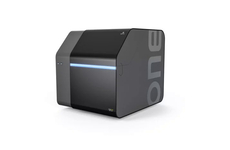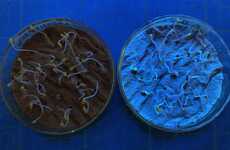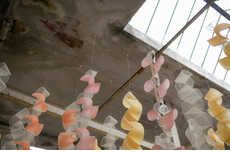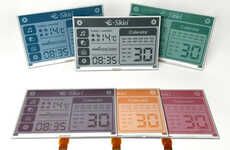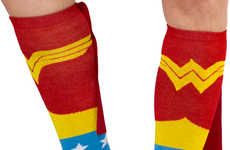
Mini-Fiber Mechanics on Display
Katie Cordrey — February 28, 2009 — Art & Design
References: dsc.discovery & howstuffworks
The discoveries of scientists experimenting with the thinner-than-a-human-hair fiber-like structures of nanotechnology have been documented in some amazing photographs. Captured are fibers that are self-twisting and braiding, gripping and releasing, changing color, and clumping, all in response to different stimuli. The scientists were even able to ‘program’ the fibers to mimic sculpture.
With enough understanding, we may be able to use nano-commandos to do all sorts of work, from destroying diseased cells to computing and changing the color of our walls with the flick of a switch--no paint needed.
With enough understanding, we may be able to use nano-commandos to do all sorts of work, from destroying diseased cells to computing and changing the color of our walls with the flick of a switch--no paint needed.
Trend Themes
1. Nanotechnology Fiber Manipulation - Disruptive innovation opportunity: Develop new materials and technologies that leverage the unique properties of self-twisting and braiding nanofibers for advanced applications such as drug delivery systems and responsive textiles.
2. Programmable Nanofibers - Disruptive innovation opportunity: Explore the potential of programming nanofibers to mimic complex structures, enabling applications in fields like robotics, biomedicine, and material engineering.
3. Responsive Nanoparticle Assemblies - Disruptive innovation opportunity: Create responsive nanoparticle assemblies that can change color, grip or release on command, opening possibilities for applications in sensors, actuators, and smart materials.
Industry Implications
1. Biotechnology - Disruptive innovation opportunity: Develop nanofiber-based solutions for targeted drug delivery, tissue engineering, and regenerative medicine.
2. Textiles and Fashion - Disruptive innovation opportunity: Integrate self-adaptive nanofibers into fabrics, enabling responsive and interactive garments with the ability to change colors, shapes, and textures.
3. Materials Science - Disruptive innovation opportunity: Harness the potential of programmable nanofibers and responsive nanoparticles to develop advanced materials with customizable optical, mechanical, and functional properties.
2.1
Score
Popularity
Activity
Freshness



